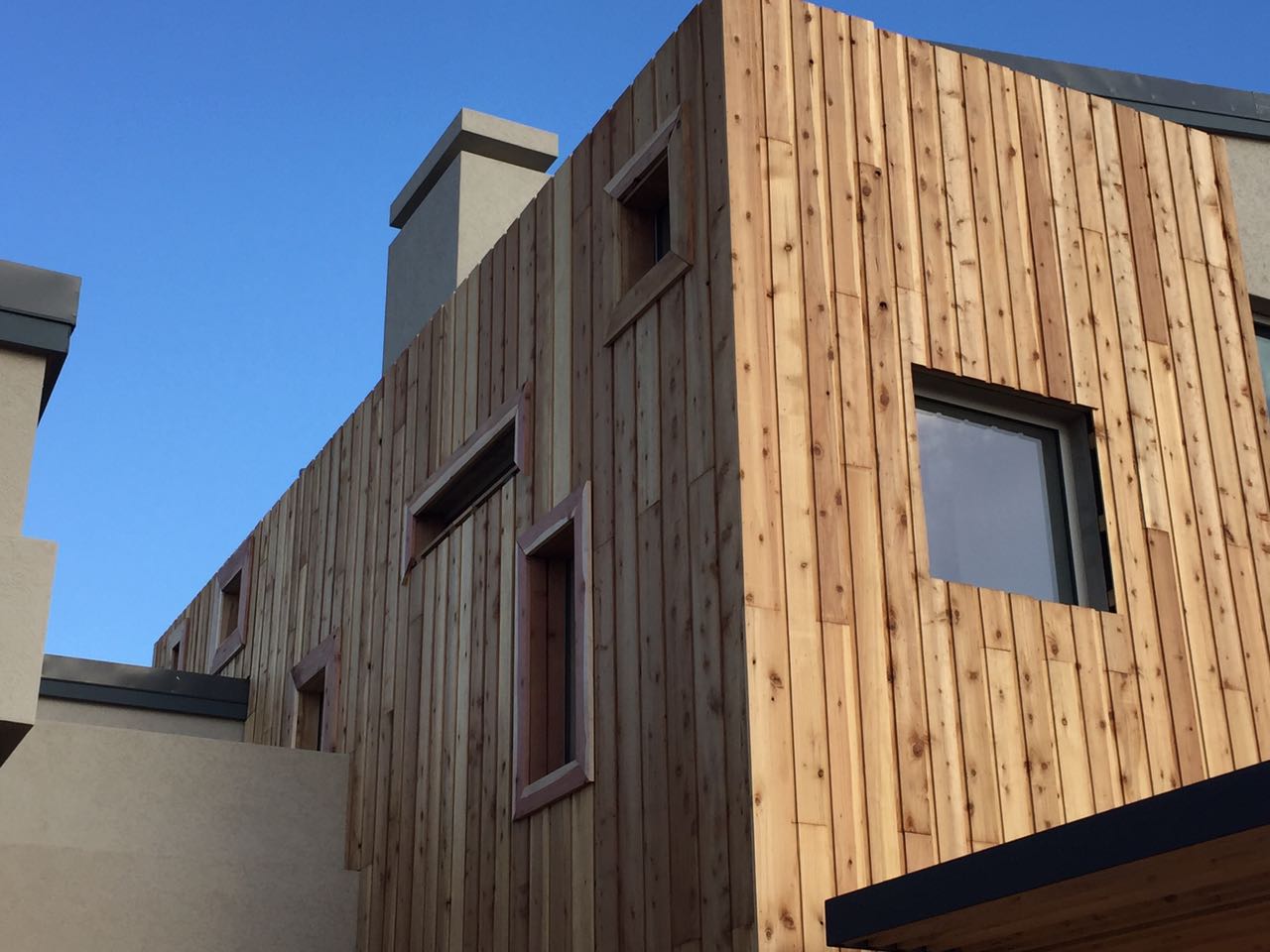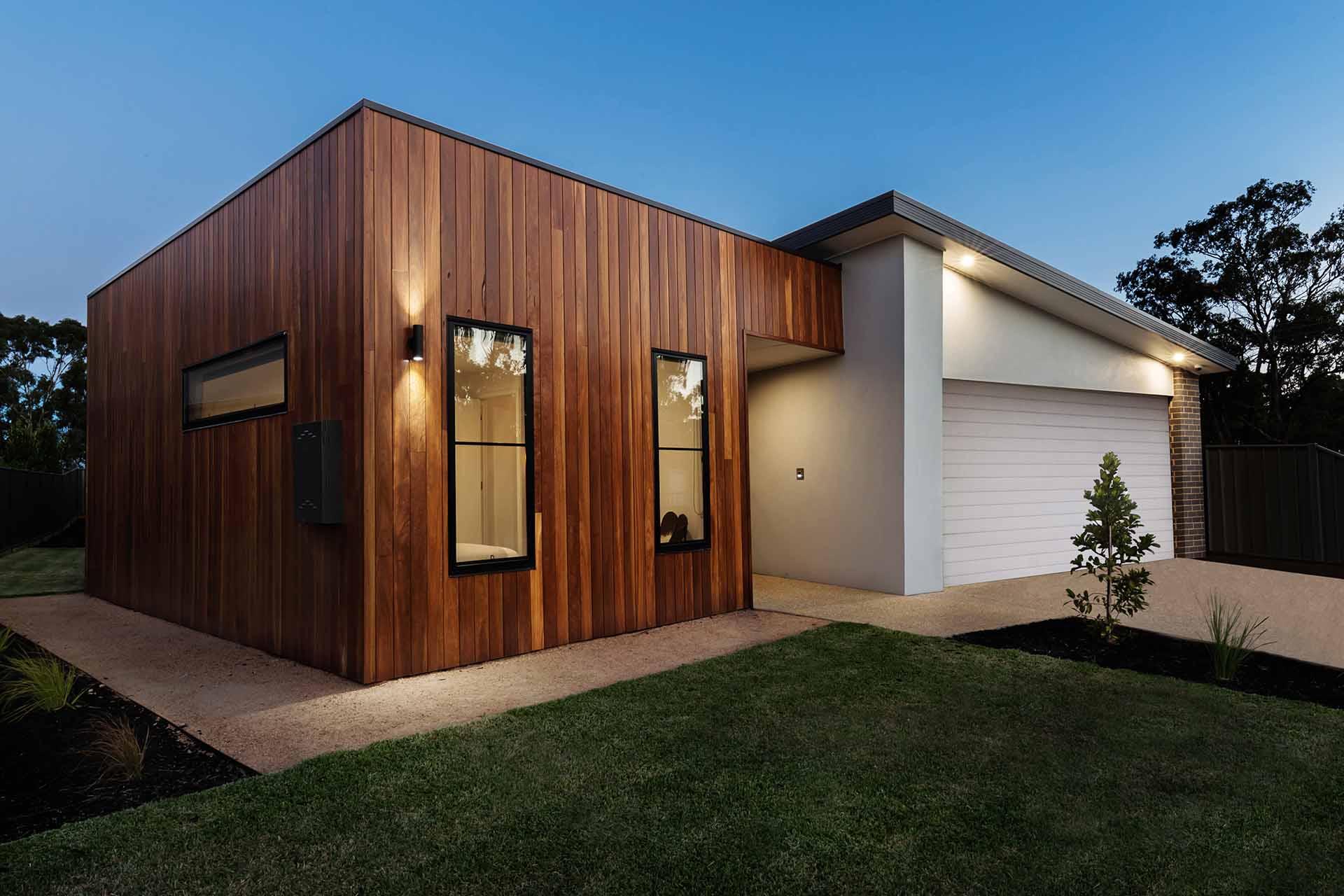Advantages Of Timber Cladding
Timber cladding has been a popular choice for both residential and commercial buildings for centuries. Its natural beauty, versatility, and sustainability make it a preferred material among architects, designers, and homeowners alike. In this article, we will explore the numerous advantages of timber cladding, ranging from aesthetic appeal to environmental benefits.
Aesthetic Appeal
One of the primary advantages of timber cladding is its timeless aesthetic appeal. Timber exudes warmth, character, and a sense of natural beauty that other building materials often struggle to replicate. The diverse range of wood species available ensures that there is a suitable option for every design aesthetic, whether it be rustic, contemporary, or traditional. From the rich hues of cedar to the golden tones of oak, timber cladding adds depth and texture to any façade, enhancing the overall visual appeal of a structure.
Versatility
Timber cladding offers unparalleled versatility in terms of design possibilities. It can be used to create striking architectural features, such as accent walls, slatted screens, or geometric patterns, adding interest and dimension to a building's exterior. Additionally, timber can be easily customized to meet specific design requirements, whether it involves staining, painting, or treating the wood to achieve a desired finish. Its flexibility allows architects and designers to unleash their creativity and experiment with different textures, profiles, and installation techniques, resulting in truly unique and innovative designs.
Sustainable Choice
In an era increasingly focused on sustainability, timber cladding emerges as a front-runner in environmentally friendly building materials. Wood is a renewable resource, with responsible forestry practices ensuring that trees are replanted to maintain healthy ecosystems and mitigate deforestation. Moreover, timber production requires less energy compared to other building materials like concrete or steel, further reducing its carbon footprint. Additionally, wood acts as a carbon sink, sequestering carbon dioxide from the atmosphere and helping to combat climate change.
Insulation Properties
Timber cladding offers excellent insulation properties, helping to regulate indoor temperatures and improve energy efficiency. Softwood cladding naturally possesses thermal resistance, providing a barrier against heat transfer and reducing the need for artificial heating and cooling systems. This not only enhances comfort levels inside the building but also leads to significant cost savings on energy bills over time.
Durability and Longevity
Contrary to common misconceptions, timber cladding can be remarkably durable when properly maintained. High-quality timber species, such as cedar, redwood, or Accoya, boast inherent resistance to decay, insect infestation, and moisture damage. Furthermore, advances in wood treatment technologies have led to the development of preservative treatments and coatings that enhance the longevity of timber cladding, protecting it from the elements and prolonging its lifespan. With regular maintenance, including sealing, staining, or repainting as needed, timber cladding can endure for decades, providing enduring beauty and structural integrity.
Lightweight and Easy to Install
Another advantage of timber cladding is its lightweight nature, which simplifies the installation process and reduces labor costs. Unlike heavier building materials like brick or stone, timber cladding can be easily transported, maneuvered, and installed with basic tools and equipment. This makes it an ideal choice for both new construction projects and renovations, where time and budget constraints often come into play. Furthermore, timber cladding systems are available in various formats, including tongue-and-groove, ship lap, and board-and-batten, offering flexibility in installation methods to suit different architectural styles and preferences.
Natural Insulation and Acoustic Properties
In addition to thermal insulation, timber cladding also provides natural acoustic insulation, dampening sound transmission and creating a quieter indoor environment. The cellular structure of wood effectively absorbs and diffuses sound waves, reducing noise pollution from both external sources, such as traffic or neighbors, and internal sources, like appliances or footsteps. This is particularly beneficial in urban areas or high-density living spaces where noise control is a concern. By incorporating timber cladding into building design, occupants can enjoy increased privacy and tranquility, enhancing their overall quality of life.
Frequently Asked Questions
Is timber cladding suitable for all climates?
Timber cladding is highly versatile and can be used in various climates. Some wood species, such as cedar or redwood, naturally possess properties that make them more resistant to moisture, decay, and insect infestation, making them suitable for humid or rainy climates.
How does timber cladding compare to other cladding materials in terms of cost?
The cost of timber cladding can vary depending on factors such as the wood species, quality, and installation method. While timber cladding may have a higher upfront cost compared to some alternative materials like vinyl cladding or fiber cement, it often offers long-term cost savings due to its durability, insulation properties, and aesthetic appeal.
Does timber cladding require a lot of maintenance?
Timber cladding does require some maintenance to ensure its longevity and appearance. The frequency of maintenance will depend on factors such as the wood species, climate, and exposure to the elements.
Is timber cladding environmentally friendly?
Yes, timber cladding is considered environmentally friendly for several reasons. Wood is a renewable resource, and responsible forestry practices ensure that trees are replanted to maintain healthy forests and ecosystems.
Can timber cladding be installed over existing siding?
In many cases, timber cladding can be installed over existing siding, provided that the underlying surface is structurally sound and free from moisture damage or rot. However, it's essential to consult with a qualified contractor or building professional to assess the condition of the existing siding and determine the suitability of installing timber cladding over it.
Conclusion
Timber cladding offers a myriad of advantages that make it a compelling choice for both residential and commercial construction projects. From its aesthetic appeal and design versatility to its sustainability, durability, and insulation properties, timber cladding ticks all the boxes for architects, designers, and homeowners seeking a natural and environmentally friendly building material. By harnessing the inherent beauty and benefits of wood, timber cladding continues to leave a lasting impression on the built environment, enriching spaces with warmth, character, and timeless elegance.



.jpg)
Comments
Post a Comment